Volcano Live
volcanolive.com
Lopevi Volcano | Dr John Seach
Last updated: January 2026

Malampa Province,
Vanuatu
16.50 S, 168.34 E
summit elevation 1413 m
Stratovolcano
Lopevi is one of Vanuatu's most active and visually striking stratovolcanoes, forming a steep-sided uninhabited island. The classic conical shape has produced frequent eruptions over centuries. The island was permanently evacuated due to volcanic hazards, and local customs traditionally prohibit women from climbing it.
Warning: Lopevi is dormant but has a long history of explosive eruptions with pyroclastic flows and ash plumes. Future activity could generate sudden hazards including pyroclastic flows, ashfall, and tsunamis. Access to the island is difficult due to rough seas and landing on the shore is hazardous.
Geology and Volcanology
Lopevi is a basaltic-andesitic stratovolcano with a classic conical form and history of Vulcanian to Strombolian eruptions. Activity often includes dome growth, flank fissures, and pyroclastic flows. Monitoring by the Vanuatu Meteorology and Geohazards Department includes seismicity and satellite data.
Current Activity (January 2026)
Lopevi remains dormant with no significant activity since minor events in 2008. Satellite observations show no thermal anomalies, gas plumes, or unrest. The volcano is stable but monitored regionally via VMGD.
Lopevi volcano photos by Dr John Seach
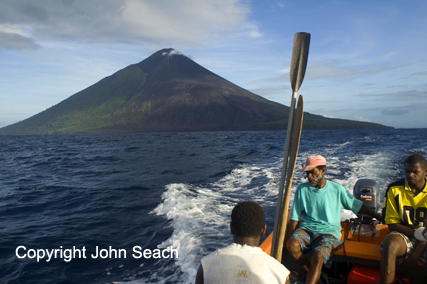
Lopevi Volcano - Dr John Seach.
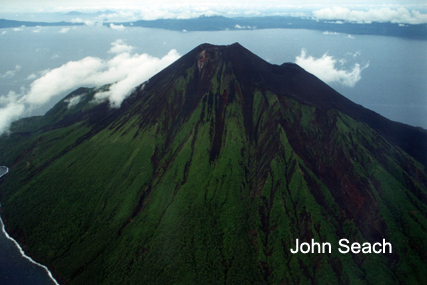
Lopevi volcano, Vanuatu.
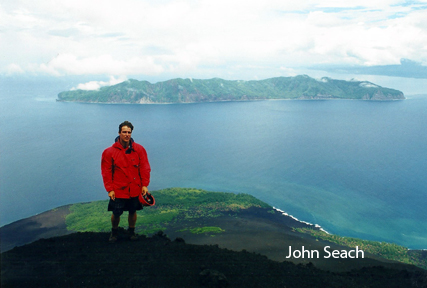
Dr John Seach high on slope of Lopevi volcano.
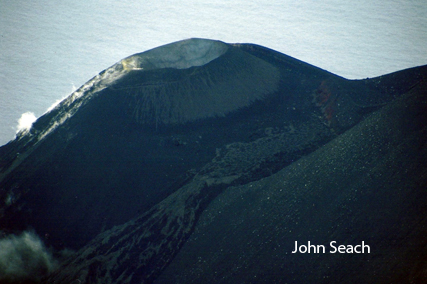
Active cone on Lopevi during 2000 expedition.
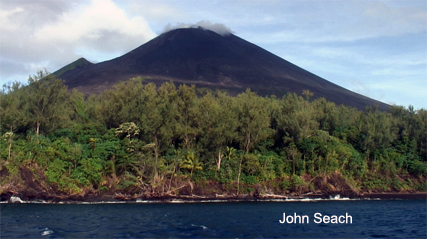
Lopevi volcano 2006 - Dr John Seach.
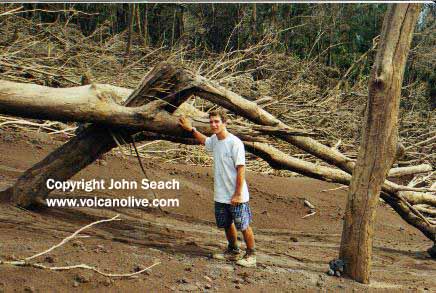
Pyroclastic flow damage, Lopevi volcano in 2000 - Dr John Seach.
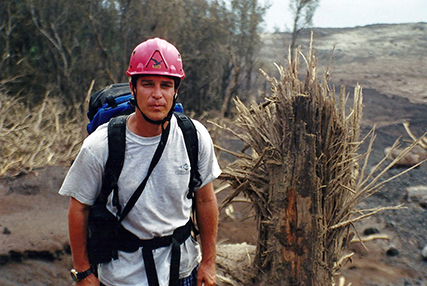
Pyroclastic flow damage to tree, Lopevi volcano 2000.
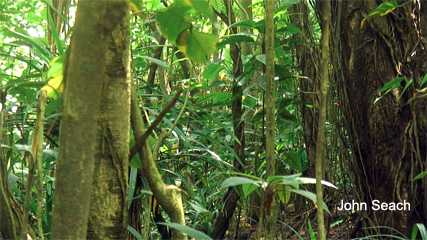
Lopevi Island jungle - Dr John Seach.
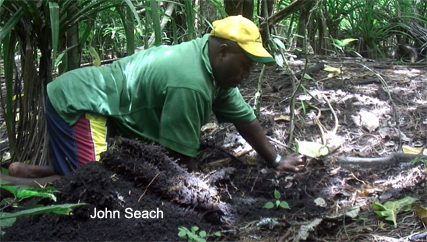
Digging for yams, Lopevi Island, Vanuatu.
2008 Eruption
A brief eruption on 24 February 2008 produced a thick grey plume to 10,000 ft drifting east.
2003 Eruption
Major eruption on 8 June 2003 sent ash to 40,000 ft drifting SE, with SO2 emissions detected in early 2003.
2000 Eruption
Climbed by Dr John Seach in February 2000. A lava dome, new cinder cone, flank lava flow (1.5 km long), pyroclastic flow, and debris avalanche were observed.
1963-1965 Eruption
Summit eruption began July 1963, followed by flank fissure in August-September. Activity shifted to ash emissions; plume reached 30,000 ft in April 1964.
1960 Eruption
Plinian eruption began 10 July 1960 with 30,000 ft plume and nuee ardente on NW flank, narrowly missing a village.
1863-1864 Eruptions
First recorded eruption in 1863 with pyroclastic flows. Flames and avalanche reported in 1864.
Further reading
Handley, H., Turner, S., Smith, I. and Stewart, R., 2007. Timescales of magma genesis and differentiation at Lopevi Volcano, Vanuatu SW Pacific. Geological Society of Australia Abstracts, 86, p. 42.
Beaumais, A., Chazot, G., Dosso, L. and Bertrand, H., 2013. Temporal source evolution and crustal contamination at Lopevi Volcano, Vanuatu Island Arc. Journal of Volcanology and Geothermal Research, 264, pp.72-84.
Lopevi Volcano Eruptions
2014?, 2008, 2007, 2006, 2005, 2004, 2003, 2001, 1999-2000, 1982, 1980, 1979, 1978-1979, 1976, 1975, 1974, 1970-1972, 1967-1969, 1963-1965, 1962, 1960, 1939, 1933, 1922, 1909, 1908, 1907, ?1898, 1893, ?1892, 1884, 1874, 1864, 1863
Dormant since 2008